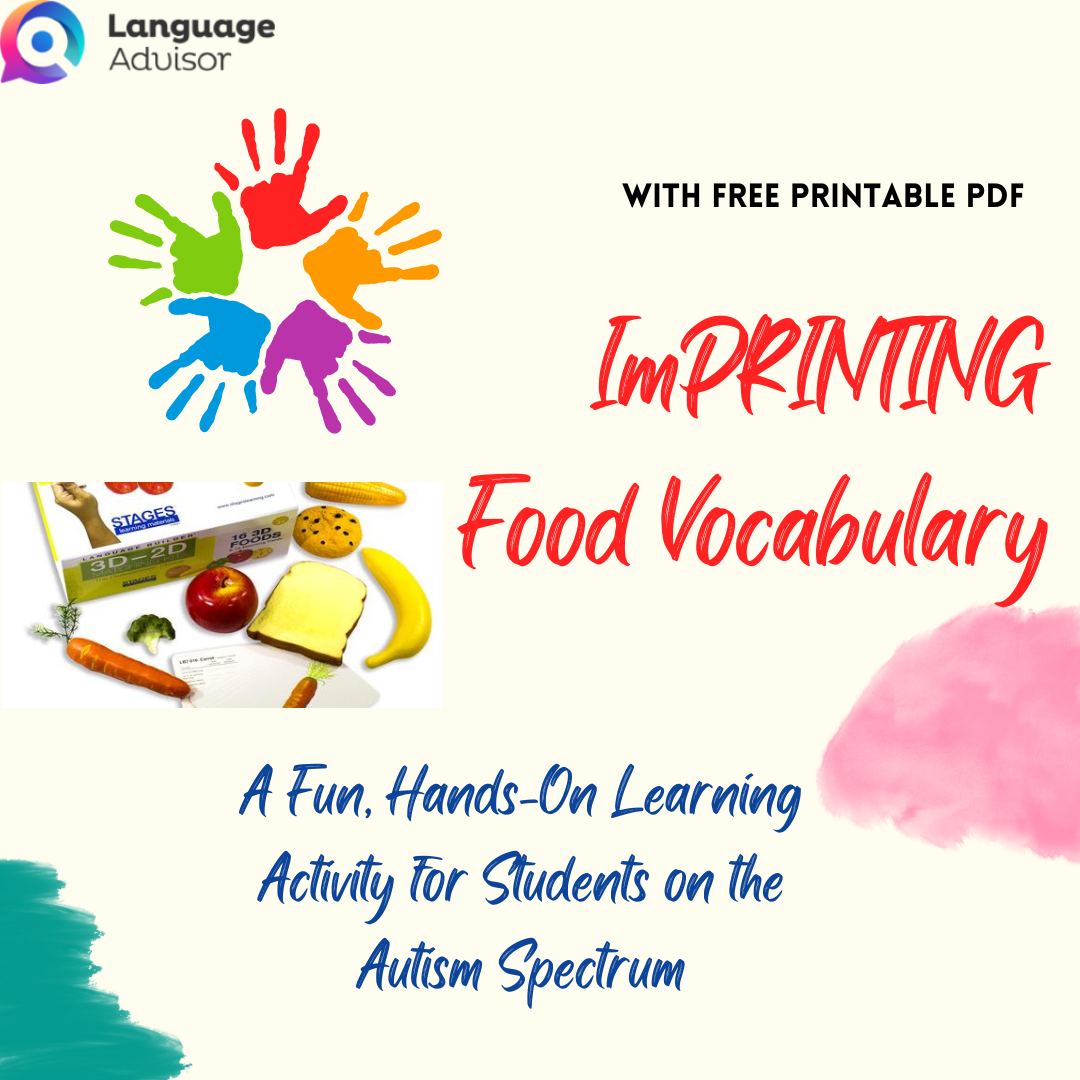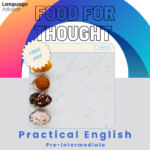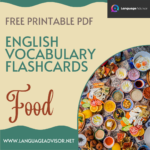ImPRINTING Food Vocabulary: A Fun, Hands-On Learning Activity for Students on the Autism Spectrum (With Free Printable PDF)
ImPRINTING Food Vocabulary

ImPRINTING Food Vocabulary
Helping students with autism spectrum disorders (ASD) learn new vocabulary can be both engaging and educational when using hands-on, interactive methods. One great way to reinforce key food vocabulary is through a fun and tactile activity called ImPRINTING Food. This activity uses food stamps and a matching game to help students learn food-related language skills while having fun!
In this post, we’ll walk you through how to set up and play this game, and you can download our free printable PDFs to get started right away. This activity is ideal for one-on-one instruction or small groups of learners.

Objective
The goal of ImPRINTING Food is to help students on the autism spectrum build their vocabulary related to food by playing a matching game. The combination of 2D and 3D food items, along with repetition and interaction, strengthens language skills in a structured, supportive environment.
Skills Practiced:
- Food vocabulary: Recognizing and naming common foods.
- Matching: Connecting 2D images with real-life 3D objects.
- Language repetition: Reinforcing word recognition through repetition.
Materials Needed:
- Target Food Vocabulary: Use cards and food models from the Language Builder 3D-2D Food Matching Kit.
- A Bag: To hold the 3D food models during the game.
People:
This activity is great for one-on-one instruction or for small groups of learners. It allows each student to actively participate, with ample time to practice and reinforce the new vocabulary.
How to Set Up:
- Line Up the 2D Food Cards: Start by laying out one of each 2D food card in a straight line on the floor or table.
- Stack the Remaining Cards: Place the rest of the 2D food cards in a stack for use during the game.
- Prepare the 3D Food Models: Place all the 3D food items into a bag, ready for students to pull from during the game.
Step-by-Step Game Procedure:
Game Intro
- Gather Students: Have students sit in a semi-circle, facing the teacher or instructor.
- Explain the Goal: Tell students that the purpose of the game is to practice learning food words.
- Introduce the Food Cards: Point to each 2D food card one by one, saying the name of each food item aloud.
- Repetition: After going through the names, ask the students to say the food names together as you point to each card again.
- Encourage Participation: Reinforce correct answers with positive feedback like “Yay!” or “You did it!”
Game Play: Round 1
- Model the Matching Process: Pick a card from the stack and place it on top of its matching 2D card from the lineup.
- Repeat the Name: Ask the students to repeat the name of the food together.
- Student Turns: Invite each student to pick a card from the stack and place it on top of its match. Encourage the group to repeat the name after each match.
- Continue Matching: Keep playing until all the cards in the stack are matched with their 2D counterparts.
Game Play: Round 2
- Introduce the 3D Foods: Now, pull a 3D food item from the bag and place it on the matching 2D card.
- Repetition Again: Invite the students to repeat the name of the food together.
- Student Turns: Let each student take turns pulling a 3D food from the bag and matching it with the corresponding 2D card. Again, encourage everyone to say the name of the match.
- Complete the Game: Continue until all the 3D foods are matched with their 2D cards.
Wrap-Up Activity
To conclude the activity, ask each student to share their favorite food from the game. This helps with recall and gives the students an opportunity to express their preferences, further reinforcing the vocabulary they’ve learned.
Why This Activity Works Well for Students with Autism
- Structured Repetition: The repetitive nature of the game reinforces word recognition and helps students retain new vocabulary.
- Multi-Sensory Learning: Handling both 2D and 3D food items helps students connect language with real-world objects, enhancing understanding.
- Engagement: The interactive, game-based format keeps students engaged and motivated to participate.
- Positive Reinforcement: Encouraging praise after each correct match boosts confidence and makes learning fun.
ImPRINTING Food Vocabulary is a simple yet powerful way to teach food words to students on the autism spectrum. With hands-on activities, structured repetition, and engaging visuals, this game will make learning fun and effective.
Stay tuned for more printable resources and creative activities to support your students’ language development!

DOWNLOAD THE PDF FOR FREE





